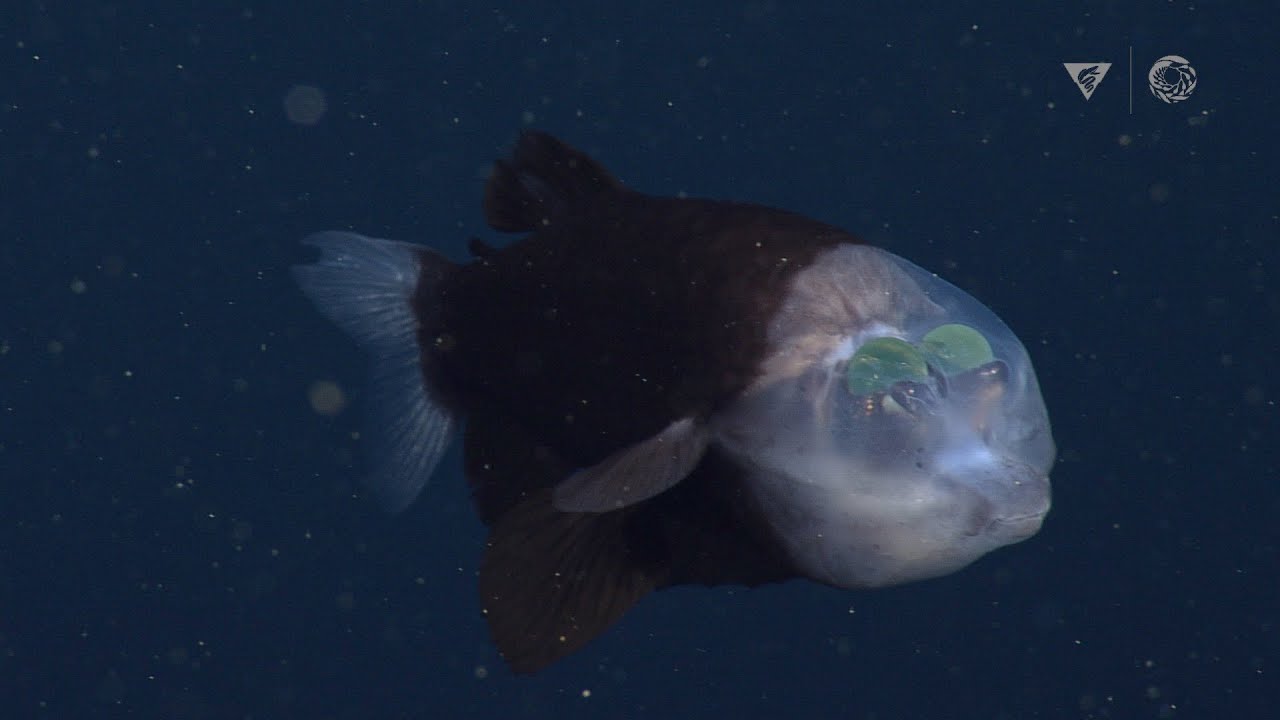According to recent reports, the Monterey Bay Aquarium Research Institute (MBARI)’s robotic rover, Doc Ricketts, has been capturing a range of rare and exciting scenes in the undersea canyons off central California. Equipped with high-definition cameras and LED lights, the rover has been documenting marine life that has hardly ever been glimpsed by human eyes. For instance, the giant phantom jelly, a species that has only been seen around 100 times globally, has been documented nine times by MBARI. This jelly can stretch up to 33 feet, which is about the same length as two stacked giraffes, and has four “mouth arms” that it uses to wrangle prey and stay afloat. Interestingly, it doesn’t have tentacles or appear to sting.
Another marine creature discovered by Doc Ricketts this summer was the whalefish. Although these creatures belong to the Cetomimidae family, which is a group of deep-sea vertebrates that lack scales and prominent fins, they are not related to whale sharks. They are named after these sharks because they open their mouths in the same way to feed. Their neon-bright appearance helps them blend into the darkness of the midnight zone. The whalefish has an unconventional sex life, and researchers are still trying to learn more about its anatomy.
The MBARI researchers also found a barreleye fish in Monterey Bay, which has a transparent helmet filled with fluid that protects its organs and gives them some flexibility. This fish is able to roll its eyes all the way back in its head, allowing it to scan for threats from above. The green lenses on its eyes might also help it to spot bioluminescence even in environments invaded by sunlight.
MBARI owns and operates two robotic rovers, Doc Ricketts being one of them. Additionally, the ocean-research center employs a benthic rover, a mini rover, and several other autonomous vehicles to explore Monterey Bay. The public can check out the center’s YouTube channel for more deep-sea exploration videos.







